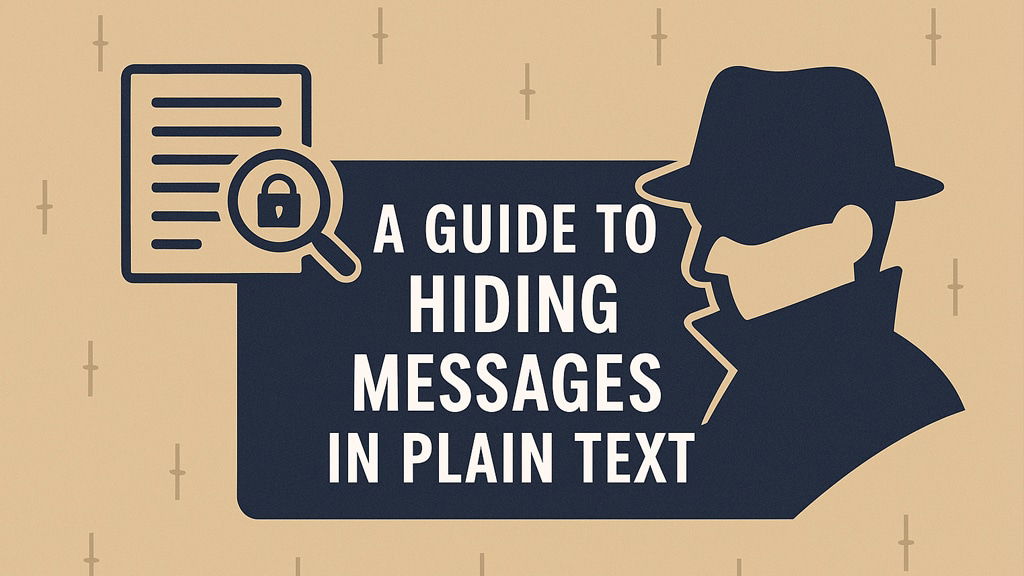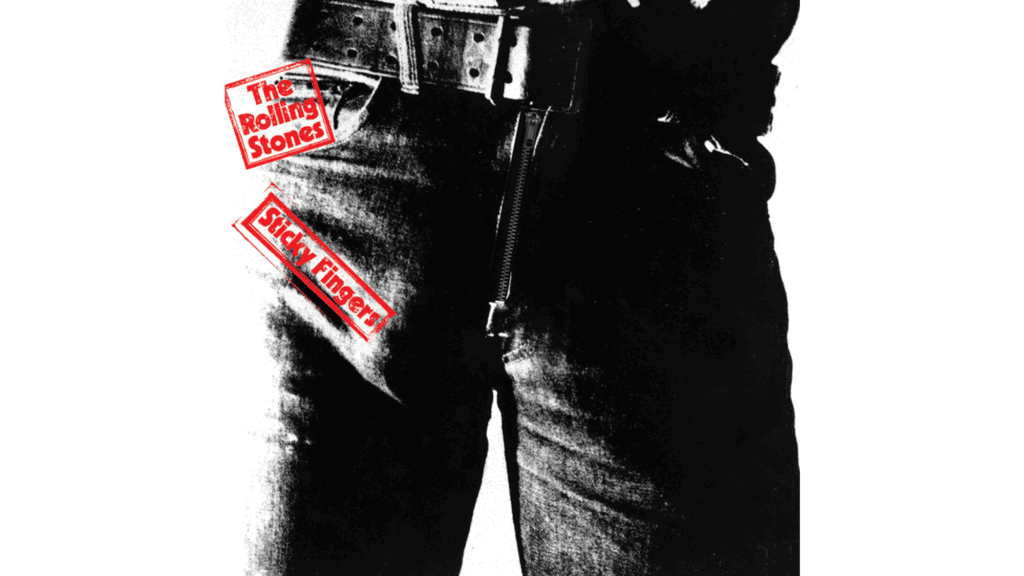I’ve always been fascinated by steganography, the clever technique of hiding secret messages within images or audio files. But recently, I discovered something even more intriguing: text-based steganography using zero-width characters. I first came across this when I visited the InvisibleText site, which allows you to generate blank characters that you can easily copy and paste online.
This technique allows me to embed hidden messages right within ordinary text, making it incredibly effective for securely transmitting information. The best part? It’s a subtle way to hide secrets in plain sight, and it can even help track down the source of document leaks online.
In this guide, I’ll walk you through how this works and why I believe it’s such a powerful tool for protecting sensitive information in plain text.
What Is Zero-Width Steganography?
In the world of steganography, hiding messages in images or audio often involves tweaking tiny bits of data, like the least significant bits of pixels in a photo or the smallest audio samples. However, when it comes to text, there’s no obvious equivalent. That’s where Unicode comes in.
Unicode is the universal character encoding standard, and most web browsers use UTF-8, a version of Unicode. This gives us access to a wide array of characters, some of which are invisible to the human eye, such as zero-width spaces and zero-width non-joiners. These characters might seem unimportant at first, but they can be used to hide secret messages in text without altering how it appears.
The Power of Unicode: A Stealthy Ally
Unicode was designed to support virtually every written language, which is what makes it so powerful for this purpose. It includes characters like the zero-width non-joiner (ZWNJ), which is essential for certain languages, and zero-width spaces (ZWSP), both of which don’t show up on screen but can play an important role in how text is formatted. This is where the magic happens.
When I use these invisible characters in my text, I can hide messages without affecting the content or appearance. The result? A piece of text that looks completely normal to the eye, but contains a hidden message that only I—or someone with the right knowledge—can decode.
Benefits of Using Zero-Width Characters
Zero-width characters hide messages within text without changing its appearance, offering a discreet way to share information securely. Listed below are some of the benefits of using hidden text.
Hidden Messages That Stay Intact
One of the reasons I love using zero-width characters is their ability to stay intact even when the text is copied, pasted, or reformatted. Unlike traditional steganography methods, which can easily be disrupted by edits or formatting changes, zero-width characters remain secure across platforms. Whether I’m sending an email, uploading a document, or sharing a message online, the hidden characters stay safe.
Even if I open the text in a simple text editor like nano or Notepad, the hidden characters remain invisible, which makes this method perfect for secure communication.
Using Steganography for Covert Communication
For me, one of the most exciting uses of zero-width characters is for secret communication. It’s reminiscent of classic spy techniques: publish a seemingly harmless document or post in a public space, like a Craigslist ad. I can hide a message within the text using zero-width characters and then instruct the recipient (or a group of people) to search for a specific keyword in the post. When they find the ad, they’ll know to look for the hidden message buried within the invisible characters. This way, they can decode the secret message without anyone suspecting a thing.
Advanced Applications: The Canary Trap
Zero-width characters can also be used in more sophisticated ways, like in the concept of a canary trap. If you’ve read any mystery novels, you’re probably familiar with this technique. In a canary trap, you provide different people with slightly varied versions of the same information. The goal is to see who leaks the details.
The idea is simple: you distribute the data, each with its own unique hidden characters. Then, when the information inevitably gets leaked, you can track which version was exposed and identify the culprit. This method makes it much easier to pinpoint the source of a leak, which can be particularly useful for anyone dealing with confidential information.
Avoiding Detection: A Stealthier Approach
In the past, I’ve seen people leak sensitive information by adding small mistakes, like misspelled words or grammatical errors, to documents. However, when multiple versions of the same document are available, these mistakes become obvious. That’s where zero-width characters come in. These characters are completely invisible, so there’s no noticeable sign that the text has been altered. It’s a much more discreet way to hide data and avoid detection.
Whether I’m sharing the document with colleagues or passing it on to someone else, the zero-width characters will remain completely hidden, leaving no trace for anyone to find.
If you’re concerned about your online anonymity and need to keep your online footprint under wraps while using methods like this, a good Australian VPN can help. By routing your traffic through VPN service, you can mask your identity and maintain privacy when dealing with sensitive information.
The Risks of Screenshots and Printing
Some people might think that taking a screenshot or printing the text would make it harder to detect the hidden characters, but both methods come with risks. Screenshots, for example, often store metadata like EXIF data, which can reveal the device used to take the screenshot. Similarly, printers can embed tiny microdots on printed pages, which can be traced back to a specific printer.
Zero-width characters don’t leave any such trace. Whether I’m printing or sharing the text in a different format, these hidden characters will remain secure, undetected, and without any identifying markers.
Zero-Width Characters and URL Manipulation
Lastly, I’ve found that zero-width characters can be used to subtly alter URLs as well. Although I can’t register domain names with zero-width characters because of ICANN rules, I can still use these characters in URLs for homograph attacks or to make a link look different from its actual destination.
For example, I can hide zero-width characters within a URL to make it appear as one link but actually lead to another location entirely. This opens up new opportunities for covert communication, making zero-width characters an even more versatile tool.
Final Thoughts
For me, zero-width characters are one of the most fascinating and effective tools for text-based steganography. They allow me to hide messages within plain text, track leaks, and even manipulate URLs in ways that go unnoticed. This method is a powerful way to protect sensitive information and communicate covertly, all while staying under the radar.
If you’re interested in exploring more creative uses for Unicode characters, you can check out the Fancy Font Generator over at FancyFonts.co.
I’m excited to see how these invisible characters might become even more integrated into our digital security toolkit. After all, in a world where online privacy is more important than ever, zero-width characters offer an elegant, hidden solution for securing our most private communications.




















